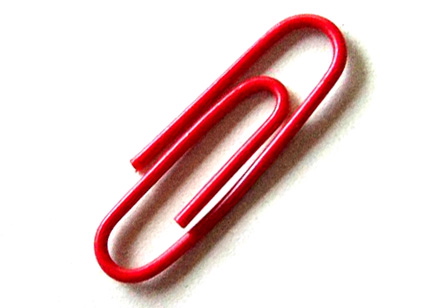Love in red is not unique
 A new study shows that the colour red evokes similar ideas in humans and monkeys, suggesting that biology, rather than our culture, plays the fundamental role in “seeing red”.
A new study shows that the colour red evokes similar ideas in humans and monkeys, suggesting that biology, rather than our culture, plays the fundamental role in “seeing red”.
Recent studies showed that the colour red can increase humans’ attraction toward each other, feelings of jealousy, and even reaction times.
“Previous research shows that the colour red in a mating context makes people more attractive, and in the fighting context makes people seem more threatening and angry,” explained Dr Benjamin Hayden, professor in brain and cognitive sciences at the University of Rochester.
Hayden asks; “is this just because every year on Valentine’s Day we see these red things everywhere and it creates a link for us between the colour red and romance, or is it really a fundamental thing rooted in our biology?”
One way to test for biological influence was to assess reactions in individuals who have not been conditioned to associate the colour red with romance, Hayden said.
“What if we could test this in someone who is not even human, but was exposed to a lot of the same evolutionary pressures? Well, that would be a monkey,” he said.
“So, we conducted experiments to see if monkeys would have similar biases as humans, and in a nutshell the answer is, yes, it seems like they do.”
A standard measure to gauge interest in those who cannot speak - primates or babies, for example - is by how long they look at a given object. The longer the gaze indicates a greater amount of interest.
In trails to judge the appeals of the colours red, researchers displayed images of male monkey hindquarters surrounded by frames of red or blue, to adult monkeys of both sexes. They were also presented with a control image of shell commonly found in the area.
The researchers found a significant female bias toward the images of male hindquarters, but only when a red frame surrounded the image.
“To our knowledge,” the researchers said, “this is the first demonstration of an extraneous colour effect in non-human primates.”
But, surprising to the researchers, male monkeys did not show a preference for the female hindquarters, either, even when surrounded by the colour red.
The researchers say additional work is needed to understand why males did not respond to the extraneous colours.
One possibility is that the reproductive state of females is reflected in facial colour changes rather than changes in the hindquarters. Images of females, which were restricted to the hindquarter region, may have been too limited to elicit male responses.
Neither males nor females displayed a bias toward the shell image regardless of the colour of its frame.
That female rhesus monkeys’ interest in images of the opposite sex appears to be influenced by extraneous colour suggests that the “red effect” is not unique to humans.
Instead, the researchers argued, it appears to be supported by an “evolved biological mechanism.”
The paper is published in the journal Evolution and Human Behaviour.








 Print
Print